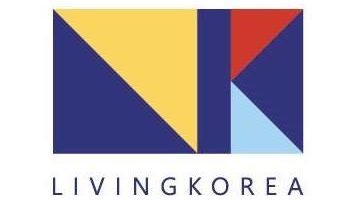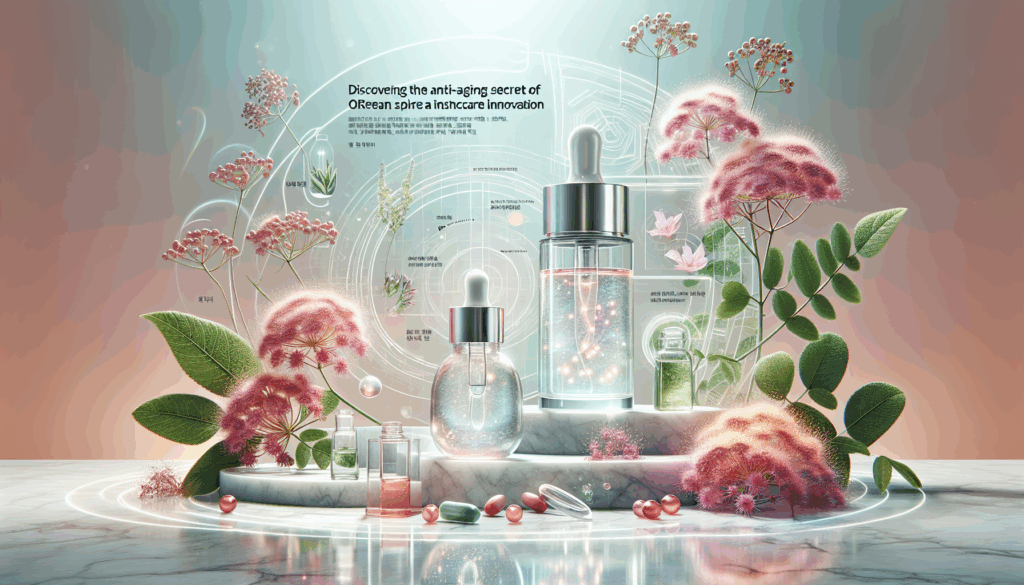Title: Unraveling the Link Between Midlife Belly Fat and Cognitive Decline in Aging: Key Findings and Health Tips Introduction: Have you ever considered how the size of your waistline in your 40s could impact your mind when you hit 70? For many of us, the connection between our dietary habits in midlife and cognitive performance later on might not seem obvious. However, recent research findings have highlighted an intriguing link: maintaining a healthy diet and managing abdominal obesity in your 40s and 50s might be crucial in preserving brain function as you age. This blog post will delve into the…
Why Women Outlive Men: Unveiling the Secrets of Longevity Have you ever wondered why women tend to outlive men? It's a topic that has intrigued scientists and the general public alike for ages. Let's delve into the fascinating reasons behind this phenomenon and uncover the biological, lifestyle, and social factors that contribute to women's longer lifespans. Women and Longevity: The Statistical Advantage Did you know that among those who live past 100, about 85% are women? For super-centenarians (people over 110 years old), this figure rises to 90%. Despite men being biologically stronger, women consistently live longer. According to 2023…
Discovering Nature's Secret to Healthy Skin with Korean Spirea: The Latest Breakthrough in K-Beauty Have you ever wondered how the secrets of nature are harnessed in beauty products? Well, here's an intriguing discovery for you. Korean beauty industry leader Kolmar Korea has unveiled groundbreaking research highlighting the anti-aging potential of Spiraea salicifolia, a plant native to Korea. This finding is revolutionizing skincare and placing Korean beauty, or K-beauty, in the international spotlight. The Power of the Korean Spirea Plant You might not have heard of Spiraea salicifolia, but this humble plant, commonly found in Korea, is now stepping into the…
Busting Health Myths: Separating Fact from Fiction Have you ever heard that taking a walk every day keeps the doctor away? Or maybe you've pondered if your nightly glass of wine is actually boosting your heart health. The world is filled with health advice, some based on science and some rooted in myth. This blog will explore some of these popular health beliefs, helping you distinguish between fact and fiction. Is Walking 10,000 Steps Really Necessary? For years, people have been urged to walk 10,000 steps daily to maintain good health. Interestingly, this goal originated as a marketing strategy in…
From Humble Beginnings to a Pharmaceutical Giant: The Remarkable Journey of LG Chem's Diabetes Drug, Zemiglo In the ever-evolving world of pharmaceuticals, where the market is often dominated by international giants, it's a triumph to hear about a local product not just surviving but thriving. One such success story is LG Chem's diabetes drug, Zemiglo. Let's explore how this Korean innovation has transformed the landscape of diabetes treatment. The Genesis of Zemiglo Did you know that Zemiglo, a locally developed diabetes medication, was the 19th new drug to emerge from Korea? When LG Chem ventured into the world of pharmaceuticals…
Transforming Spine Surgery in Korea: The Vision of a Renowned Neurosurgeon Introduction: Pioneering Change in Healthcare Have you ever wondered how advancements in medical procedures can transform the quality of healthcare we receive? In Korea, a new chapter is being written in the history of spine surgery with the appointment of a globally recognized neurosurgeon at the helm of a leading hospital's spine center. This article explores the key facets of this significant transition, delving into innovations in spine surgery, the mission of the new leadership, and the broader implications for patient care. The Appointment of a Visionary Leader In…






